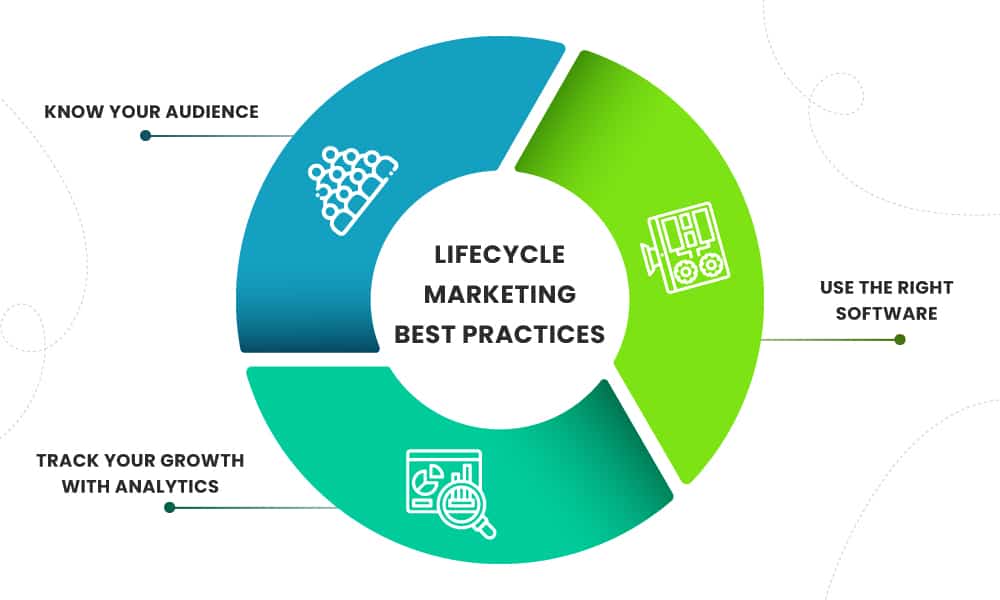The Ultimate Hookup Guide
Explore expert tips and advice on navigating the world of modern dating and hookups.
From Rookie to MVP: Navigating the Player Lifecycle Marketing Game
Master the player lifecycle in gaming! Transform from a rookie to an MVP with our ultimate guide to marketing success. Click to level up!
Understanding the Player Lifecycle: A Step-by-Step Guide to MVP Success
Understanding the player lifecycle is crucial for any game developer or publisher aiming for MVP success. The player lifecycle can be broken down into distinct stages: acquisition, engagement, retention, and monetization. Each of these stages must be addressed strategically to create a well-rounded gaming experience. By focusing on acquisition, developers can attract new players through effective marketing strategies and well-placed advertisements. Once players are onboarded, the next step is engagement, where developers must keep players interested and invested in the game through compelling gameplay and regular updates.
The retention phase is equally critical, as it involves strategies to keep players coming back, such as in-game events and loyalty rewards. Finally, monetization is where the developers can turn their hard work into revenue, implementing in-app purchases or premium versions of the game. Understanding these stages and how they interconnect allows developers to refine their game’s mechanics and marketing efforts, ultimately leading to a successful MVP. By mastering the player lifecycle, you can create a game that not only attracts players but also retains and monetizes them effectively, laying the foundation for long-term success.

Counter-Strike is a popular first-person shooter game that has captivated millions of players worldwide. It features intense team-based gameplay, where players can choose to be part of either the terrorist or counter-terrorist teams. If you're looking to enhance your gaming experience, consider checking out the betpanda promo code for exciting bonuses!
Key Strategies for Engaging Your Players at Every Stage of the Journey
Engaging your players throughout their journey is essential for fostering a loyal community and enhancing their overall experience. To achieve this, consider implementing key strategies tailored to each stage of their journey. Begin by creating compelling onboarding experiences that invite new players to explore your game. This can include interactive tutorials, welcome messages, and community introductions that help newcomers feel right at home. Following onboarding, maintain engagement by introducing milestones and rewards that celebrate player achievements, encouraging them to continue their journey with enthusiasm.
As players advance, it's crucial to utilize personalization techniques to keep them invested. Use data analytics to understand player preferences and adjust content accordingly. For instance, integrating personalized in-game messages can enhance their connection to the experience. Additionally, fostering community interaction through events, forums, or social media channels can create a sense of belonging. In summary, by prioritizing player engagement at every stage, you can cultivate a vibrant community that not only keeps players coming back but also advocates for your game.
What Metrics Matter Most in Player Lifecycle Marketing?
In the realm of Player Lifecycle Marketing, understanding which metrics to prioritize is crucial for maximizing engagement and retention. Key performance indicators (KPIs) such as Retention Rate and Customer Lifetime Value (CLV) provide insight into how effectively you're nurturing player relationships over time. Retention Rate measures the percentage of players who return after their initial interaction, while CLV estimates the total revenue generated by a player throughout their entire relationship with your game. Both metrics help in tailoring your marketing strategies to enhance player loyalty.
Another essential set of metrics includes Churn Rate and Engagement Metrics. The Churn Rate indicates the percentage of players who stop playing your game within a specified time frame, and understanding this can help identify potential issues in player experience or content offerings. On the other hand, Engagement Metrics, such as daily active users (DAU) and session length, give insight into how players are interacting with your game. These metrics allow marketers to pinpoint trends, test different strategies, and ultimately refine their approach to maintain a captivating player lifecycle.